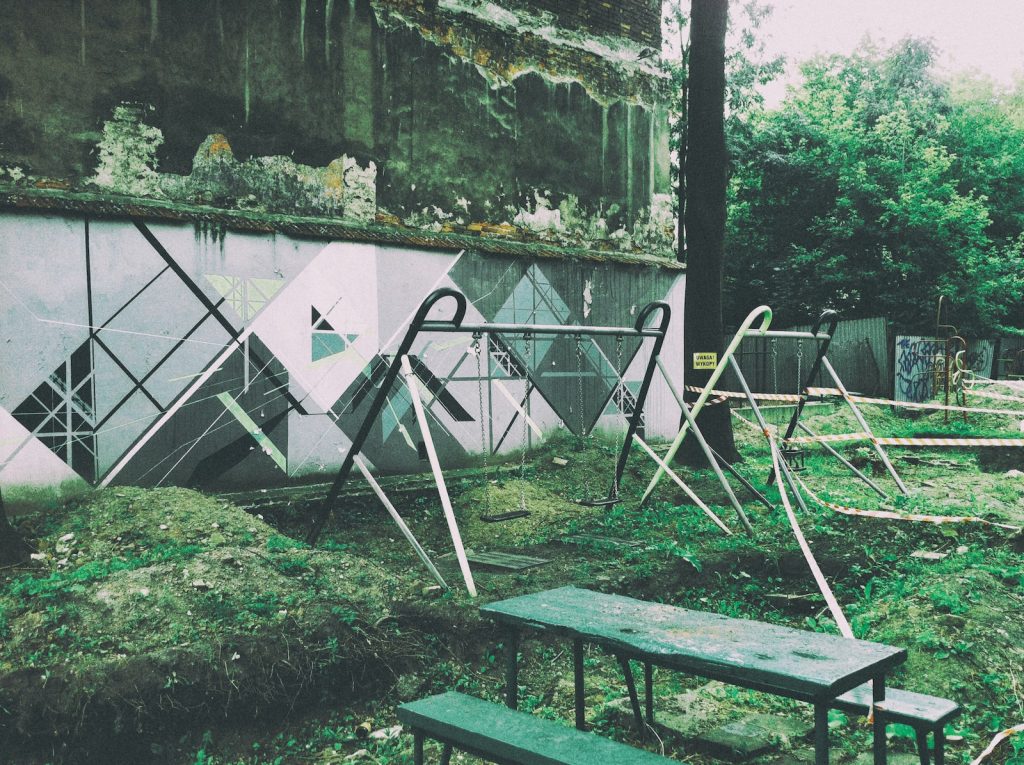Greetings, fellow container home enthusiasts! It’s your trusty container-home aficionado, Lulaa Black, back again to explore yet another fascinating aspect of the world of container homes. Today, we’re going to talk about something that might seem like an unlikely problem – building container homes in humid areas.
When you think of container homes, the image of a sleek, eco-friendly, and cost-effective dwelling may come to mind. However, the challenges that arise in humid regions can sometimes leave you scratching your head. Fear not, for I’m here to shed some light on these challenges and share some ingenious solutions that can help you build your dream container home in even the muggiest of climates.
Understanding the Humidity Challenge
Humidity is the amount of moisture present in the air. While it’s essential for human comfort and plant growth, it can be a bit of a nuisance when it comes to building homes, especially container homes. High humidity can lead to issues such as condensation, mold growth, and wood rot – all of which can be your container home’s worst enemies.
Here’s a closer look at some of the challenges and how to overcome them:
Condensation Conundrum
Humid areas are notorious for condensation buildup inside container homes. When the warm indoor air meets the cool metal surfaces of the container, it creates the perfect recipe for condensation. This excess moisture can damage your insulation and foster mold growth.
Solution: To tackle condensation, you need to insulate your container home properly. Consider using closed-cell spray foam insulation or installing a vapor barrier to keep the moist air from reaching the metal walls. Good ventilation is also key to circulating air and reducing humidity levels inside the container.
Mold Mayhem

Mold loves moisture, and humid areas provide an ideal breeding ground. Left unchecked, mold can not only damage the structural integrity of your container home but also lead to health problems for you and your family.
Solution: To combat mold, invest in mold-resistant building materials, such as mold-resistant drywall. Proper ventilation, dehumidifiers, and regular inspections can help you catch mold growth in its early stages.
Rust Worries
Excessive humidity is the nemesis of metal containers, as it can lead to rust and corrosion over time. This not only impacts the aesthetics but can also weaken the structural integrity of the container.
Solution: Opt for containers made from corrosion-resistant steel, and ensure they are properly sealed and painted with rust-resistant coatings. Regular maintenance, such as repainting and rust removal, can help prolong the life of your container home.
Wood Rot Riddle
Wood is often used for interior finishing and furniture in container homes. In high-humidity environments, wood can absorb moisture and become susceptible to rot, leading to potential structural issues and unpleasant odors.
Solution: Choose your wood materials wisely. Teak, cedar, or pressure-treated wood are good options as they are naturally resistant to moisture. Ensure proper sealing and maintenance to prevent moisture penetration.
Foundation Frustrations
The foundation of your container home is crucial, and humid areas can present unique challenges. Improper foundations can lead to issues like settling, shifting, or even flooding.
Solution: Consider elevated foundations, such as pier and beam, which can mitigate moisture-related issues and provide adequate ventilation. Make sure your foundation is designed to handle the specific soil and water conditions of your region.
Pest Predicaments

Humid areas are often teeming with insects and pests that can find their way into your container home. Inadequate sealing or gaps can create an open invitation for these uninvited guests.
Solution: Ensure that your container home is well-sealed and that all gaps and openings are properly filled. Regular pest control measures can also help keep your space critter-free.
Insulation Insights
Choosing the right insulation in a humid environment is a bit of a tightrope walk. You need to keep the moisture out while maintaining a comfortable indoor temperature.
Solution: Closed-cell spray foam insulation is a versatile choice, as it not only provides excellent insulation but also acts as a vapor barrier. It prevents moisture from penetrating the walls while keeping your home cozy.
Expert Advice and Local Wisdom
Sometimes, the best solutions come from those who have already experienced the challenges of building container homes in humid areas. Reach out to local experts or other container homeowners in your region to learn from their experiences and gather valuable tips and insights.
In conclusion, while building container homes in humid areas may pose unique challenges, with the right knowledge and proactive planning, you can overcome these obstacles and create a comfortable, durable, and visually appealing space. As with any construction project, preparation and the right materials are key. Embrace these solutions and remember, a little bit of humor and a dash of human ingenuity can go a long way in making your container home a cozy oasis in even the most humid of climates.
So there you have it, dear container home aficionados – a comprehensive guide to help you conquer the challenges of building container homes in humid areas. Until next time, keep those creative ideas flowing and those container homes thriving. Happy building!





















Find Us on Socials